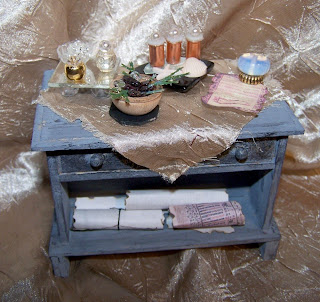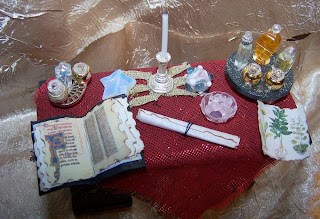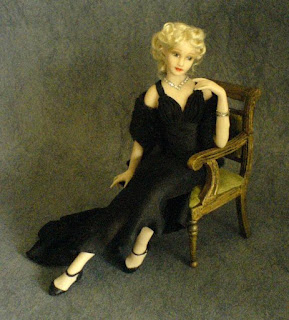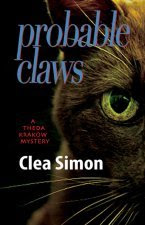
Writing in Top (Presidential) Form a la Barack Obama
Being a native Chicagoan, I have a special interest in President-elect
Barack Obama.
As the President-elect prepares for his Jan. 20th
Inauguration, it seemed fitting to include some tips on writing in top form, a la writing presidential prose.
1. Be prepared to lead. No one is born ready to be president. There is a lot of briefing, training, and discussions going on behind the scenes. The same goes for writing. Some writers may be born, others are made. Writing a book or short stories means putting in the time to learn your craft. Don't short-change yourself. Take online or other courses. Continually invest in your skills and keep them in good working order by writing daily.
2. Be ready to make mistakes. Even the President-elect has to learn along the way. He may stumble a little, he might even make some mistakes, but there is no room in the job for unsureness or self-reproach. He will continue to move forward.
So should writers. There will be stories you look at later that you know could've been improved or where maybe you made a mistake. It can happen. Don't let it rattle your self-confidence. Move on to the next story.
Each day, each month, each year you continue to write, you will see your work evolve and improve. Be proud of your accomplishments. Make new goals and meet them.
3. Put in the grunt work. Beyond the glitter of the Inaugural balls and the prestige of meeting with other world leaders, are a lot of days filled with the ho-hum, reading papers, writing reports, having meetings. It's all part of the job. Writers have those days, too. See next tip.
4. Meet the day in anticipation. Leading, and writing, are work. Some days, the President will probably wish he could stay in bed. There are days when writers groan and wish they didn't have to write.
To keep your writing fresh:
* Try out different styles and markets. Challenge yourself.
* Study your rejections. See what you could have done better and then do it.
* Study the work of other authors. See how they end or begin their stories. Try their approach, but make it your own.
5. Enjoy yourself. Even the President has to unwind and have some fun. Barack Obama likes to play basketball and enjoys spending time with his family. Don't neglect your own down-time. Sometimes you have to step back from the work and relax. Read a book for fun, without analyzing it. Play a game with the kids. Spend time with a hobby. You'll come back to your work refreshed and renewed.
As a writer, usually once the words get flowing, the writing becomes less work and more fun.
To keep the flow going:
* Make an outline or some kind of chart so you know where your story goes next.
* Stop where you can restart. When you stop for the day, always try to leave your writing at a point where you can jump in and continue without having to brainstorm a new section and maybe stall your progress.
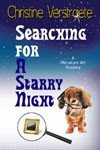
--
Christine Verstraete is author of
SEARCHING FOR A STARRY NIGHT, A MINIATURE ART MYSTERY, where bffs Sam and Lita, along with a nosy, mischievous Dachshund named Petey, face a cranky housekeeper, dog-hating gardener, and an ancient family curse as they search for the lost miniature replica of
Van Gogh's famous painting, Starry Night. Will they find it in time?
** Did you vote? Searching For A Starry Night is part of the annual Preditors-Editors readers poll ending Jan. 14.
I'd appreciate your votes for:
Best Book art/cover and
Best Mystery.(click corrected links so right one shows up)
